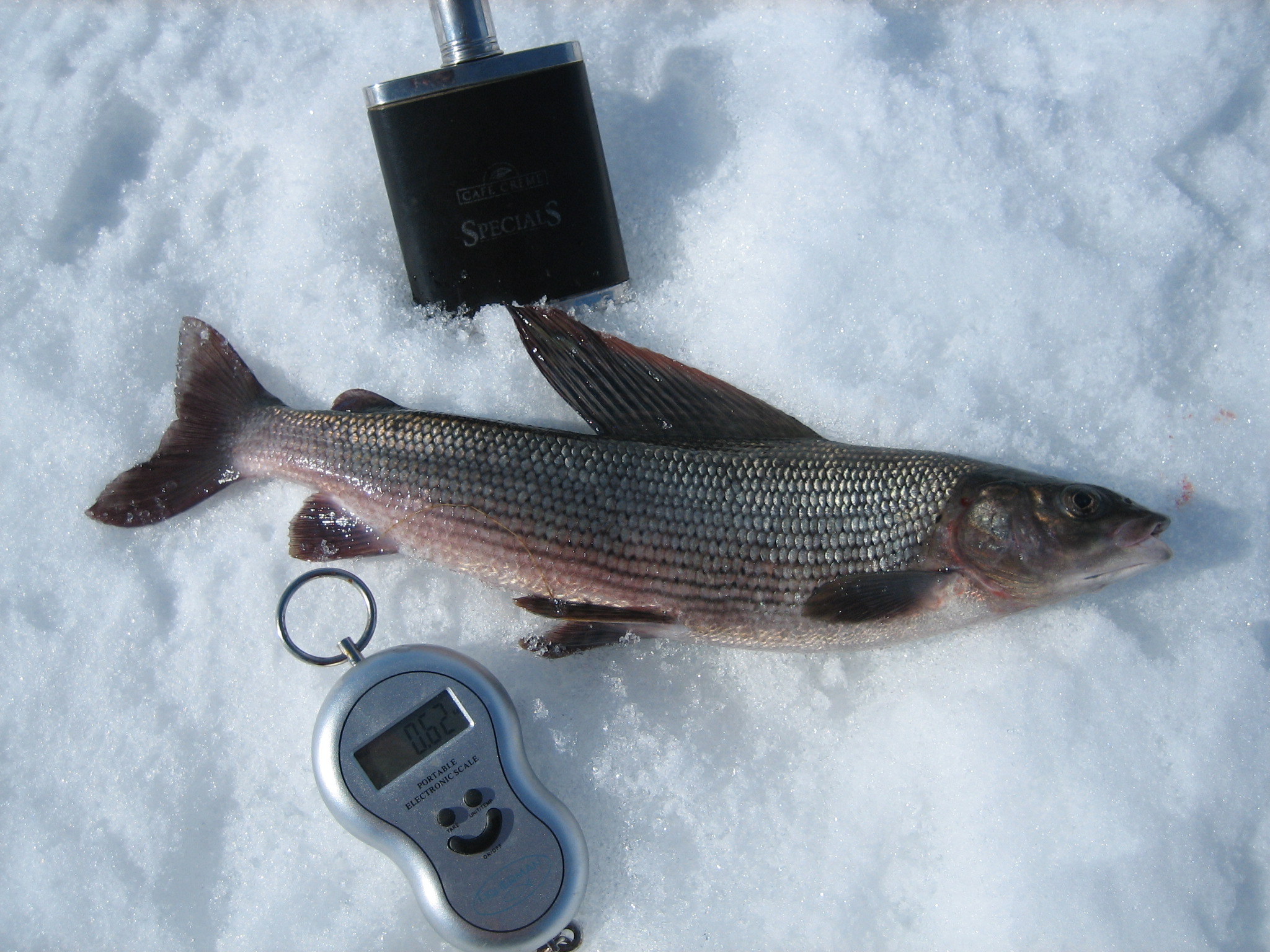Ice-fishing is free all over Finland; you do not need any license. Ice-fishing is possible in Lapland for several months during winter time. In the beginning of the winter you have to keep your eyes open for how thick the ice is. It should absolutely be at least 5 cm thick before you can enter it safely. Remember to bring your ice-picks. The thicker ice, the better, of course. To start ice-fishing in November is possible, but on the other hand the day light in Lapland in November does not last for more than a few hours and the temperature could also be too could for you to spend several hours on the ice just sitting and waiting to get some fish.
In March and April is the optimal time to go ice-fishing in Lapland. The days are long and very often the sun is shining on the white snow from an absolutely clear blue sky. The ice is also very thick and it is absolutely safe to move around on the ice even by a snowmobile.
It is good to know the places on a lake where the fish usually go, before you start drilling your holes. Try to ask someone local well acquainted with the lake, if possible. If that is not possible, you just have to trust your own intuitions on where the possibilities to get fish are the best. The depth of the water should be from 1 – 5 meters.
The first you have to make is the hole. There are special ice augers to drill with. There are the hand worked augers but it is not very easy to do a hole by hand in an ice about 90 cm – 1 m thick. You need a lot of strength and you will get very exhausted before you are done. It is better to work the hole with a power auger. This kind of drill is of course expensive to buy and also very heavy to move, but you will get perfect holes in a short time and after that you can fully concentrate on the fishing. You will also want to bring a strainer to remove the ice that forms in the hole that you cut.
The fishing equipment you need is a rod with some kind of line with hooks or lures. There are probably thousands of opinions of what kind of line and what kind of hook you should use, but I must say, I have never really understood that. You get fish when there is fish and the fish is willing to eat. There are also periods when it is almost impossible to get any fish, depending on the unwillingness of the fish to attack the bait. But on a period like that no-one gets fish and it is no different what kind of hook you use. During periods when the fish is active and keen on attacking moving baits you easily get fish of all kinds of sorts and sizes. Fishing equipment and fresh baits can be bought from special fishing equipment stores but also from the fishing department in a department store. From this book, “Ice-fishing tips” you can probably find useful information of how to get more fish on ice-fishing.
As you have made the hole and you have loaded your hook with some kind of bait; usually red flies’ worms, you sit down on something you have brought with you to sit on and you send the hook down into the hole until you realize it has hit the bottom of the sea. From that you lift it up about 30-40 cm:s. That is where the fish usually is. Then you just start moving your rod up and down in different ways and wait. The waiting could be very short, but it could also last for a long time. During waiting time you have the chance to look at the surroundings and enjoy the weather and have a sun bath for your face. I sometimes use the waiting time listening to language courses on my mp3-player in my ear. Sometimes I listen to the radio on my Nokia 700 and sometimes I listen to music, but mostly I enjoy the absolute quietness of the nature around me. I prefer fishing when there is also waiting time to calm down and gather your thoughts in between the catches. It must not be too easy, that would be no challenges!
The feeling when you feel the movement around or on your hook from a fish down there in the water under the ice, is very exciting. Then the challenge of getting the fish all the way up on the ice starts. Sometimes it happens the fish struggles so much that it releases itself and can return down to the freedom. Sometimes you have caught such a big fish and by mistake your line or your hook or lures break. You learn from your mistakes and little by little you learn more and more how to manage.
By ice-fishing nothing is really normal. Every time is different. That is one of the biggest challenges of this hobby. You can never tell as you enter the ice how the fishing is going to turn out, and I find that very challenging. I do not like things to be too predictable. One very important thing is that you have warm clothes; it is really not nice to be freezing while sitting on the ice. And one of the highlights of a fishing expedition is the well deserved break by a fireplace, laavu, near by where you can make your coffee or tea and fry your sausages and even meet up with other fishermen or -women and listen to their fishing stories and perhaps learn some new tricks.
Here I want to show you pictures of some of my catches during these last 6 years. There are whitefish, grappling (harjus), salmon and perches:






